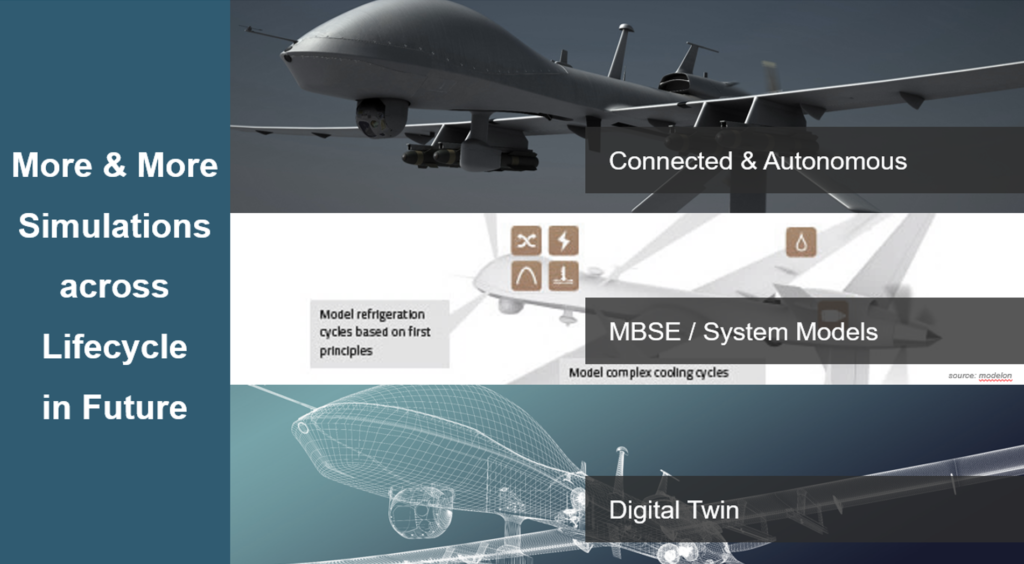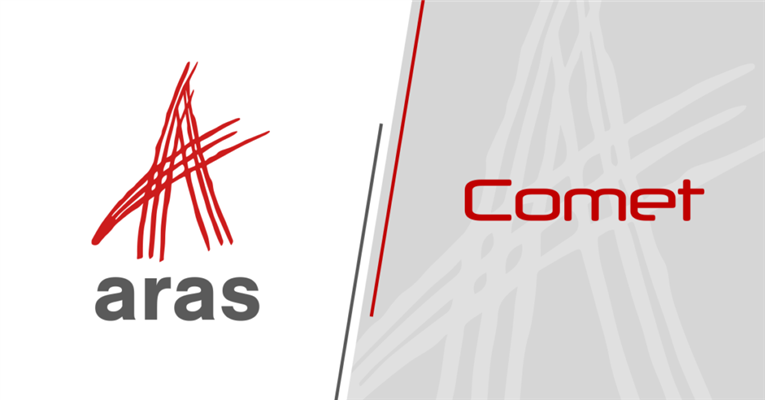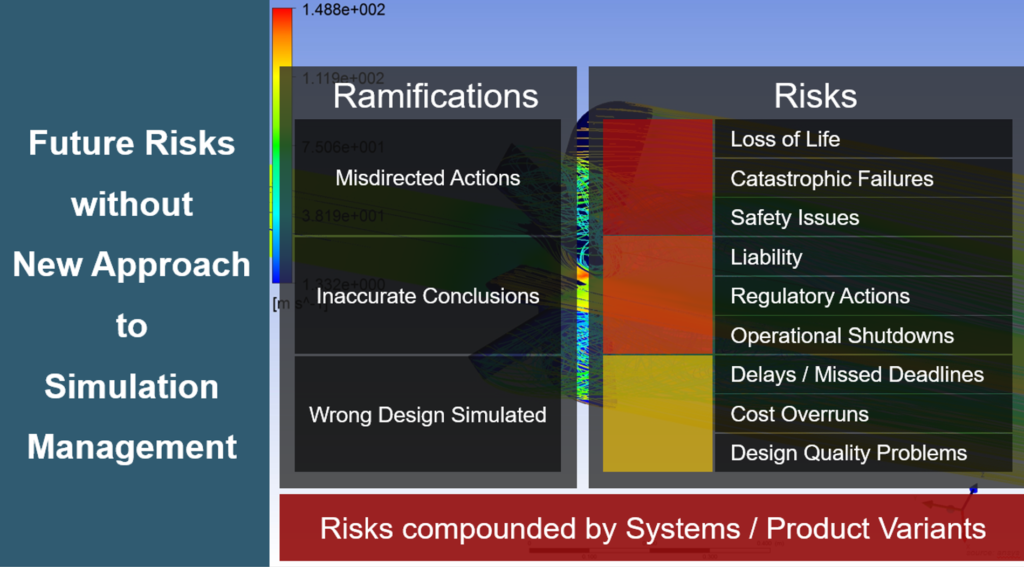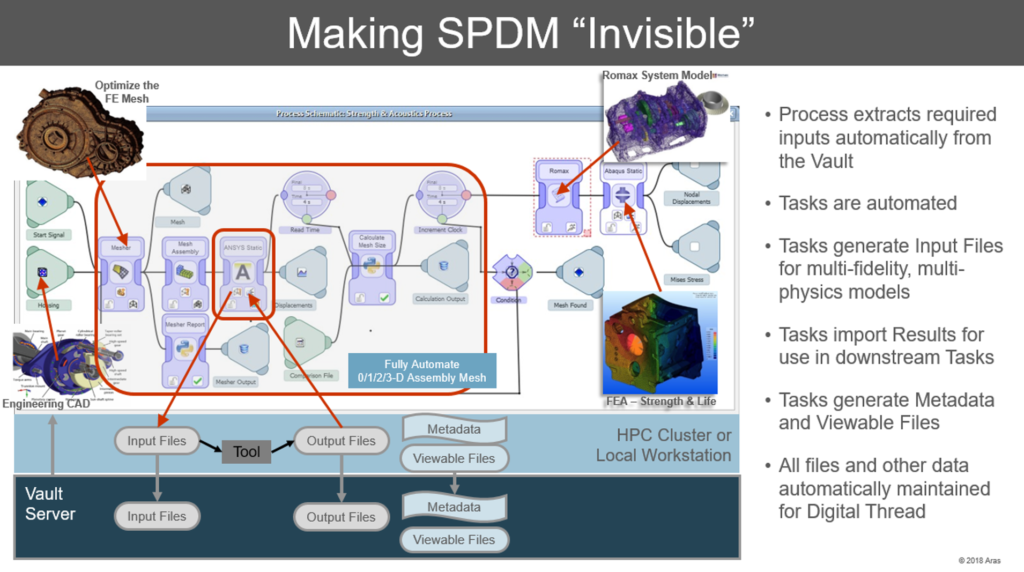You probably saw our recent acquisition of Comet Solutions, and thought “Why’d they do that?” Well, that’s a good question.
As everyone knows, the amount of simulations being conducted has increased substantially over the past decade, and is projected to grow exponentially moving forward with the:
- Need to further reduce physical testing
- Complexity of smart connected product design / MBSE
- Push for predictive maintenance through Digital Twins
We view Simulation in the context of overall Systems Engineering process together with configuration and change, variants, requirements, validation testing and others. The fact that simulation management is completely disconnected from mainstream engineering processes is a problem… no closed-loop traceability / Digital Thread.

Simulation will increase exponentially across the lifecycle
Persistent Problems
What our largest customers say is that simulation process & data management (SPDM) from the other major PLM providers are primarily stand-alone systems optimized for their own tools sets / treat others as second-class citizens.
So what? Well, because simulation environments are isolated in silos bad things happen:
- Simulation results aren’t used or are too late to be useful
- Models get out of sync with the product design
- Wrong design gets simulated
These problems are just the tip of the iceberg. Without a new approach to SPDM many of the strategic imperatives / Digital Transformation goals that rely on simulation will not be attainable.
New approach to simulation management / SPDM is required to avoid risks
Consistent Needs
Global companies must be able to increase simulation coverage of all types while staying in sync with design / model changes. They’ve got to rapidly conduct analysis on product variations, options and concepts with repeatable processes.
Which means SPDM needs to be able to handle the full range of commercial tools, along with custom in-house tools, Excel, and others.
It also means SPDM must be capable of managing mixed-fidelity models (0D/1D/2D/3D) and a wide variety of different data types. You will need multiple representations of the same item, and engineering objects should be captured independent of the underlying tools.
That means vendor-neutral / tool-agnostic data and processes in SPDM, and a deeper level of understanding and control over the models is required – not just at the file-level – which means a unified data model in the PLM platform.
Oh yea and scalability has been a big problem as well. A new level of scalability is necessary moving forward.
Our Perspective
We believe that better data management & tool chaining are necessary in SPDM because they’re foundational to Digital Thread enablement, closed-loop verification, and future scenarios like machine-driven analysis.
SPDM should be “invisible” so that analysts and experts don’t have to worry about:
- Where the CAD file came from
- Which HPC cluster to run on
- Where results get stored
- Report generation
Aras is working to make SPDM “invisible”
Our approach to SPDM shoots to eliminate these redundant administrative tasks, and expose results throughout mainstream engineering processes.
That means from concept engineering, detailed design, test, field operation and back to requirements across the full lifecycle as part of our PLM platform.
We're doing the same thing for simulation management that we've done for PLM: Making it more open, scalable, flexible, and upgradable.
To accelerate things, we’ve acquired Comet Solutions - provider of best-in-class capabilities for simulation process management – which immediately enables repeatable process automation to complement our unmatched data management capabilities.
While we’re working on SPDM projects with customers already, we’re going further and working to incorporate Comet into the Aras platform for even more seamless capabilities moving forward.
We’re excited to have the Comet team join Aras and help drive our momentum in SPDM.



